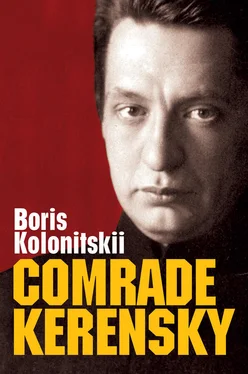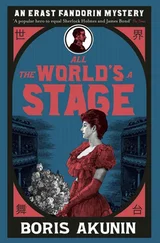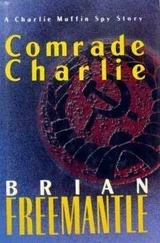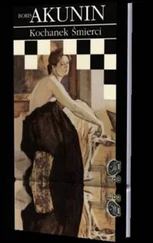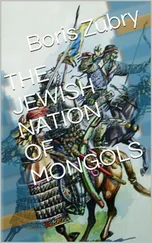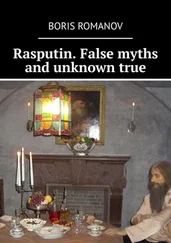People might have had different emotions about the monarchy, but it had been familiar and had seemed comprehensible. The language for describing the tsarist regime, the standard attitudes towards the tsar himself, even the range of emotions he was expected to evoke were traditional and had been passed on down the generations.
The overthrow of the monarchy necessitated new vocabulary, new rituals, new prescribed political emotions. How were the legitimacy and the sacrosanct nature of the new government to be conveyed? How should the political leaders be addressed? To what extent was it permissible to view the new bearers of political power ironically? These were urgent questions. Different parties and organizations tried to take on the role of devising the new political language. This process of creating new words, rituals and symbols was taking place in the midst of an intense power struggle, with competing forces trying to establish their right to develop the authoritative, ‘correct’ political terminology and determine how it was interpreted.
All this has a direct bearing on the key issues involved in studying revolutions. Few people would seek to deny that power is an important issue in any revolution, and yet that is not quite enough. Power is an important issue in any political process, so what is of more interest is what it is about power that is specific to revolutionary, as opposed to non-revolutionary, eras.
Max Weber, in his ‘Politics as Vocation’, a lecture delivered in 1918 under the influence of the revolutionary upheavals of the time, quoted Leon Trotsky’s remark that ‘Every state is founded on force.’ Weber himself describes the state as a ‘human community that (successfully) claims the monopoly of the legitimate use of physical force within a given territory.’ He continues, ‘The state is considered the sole source of the “right” to use violence.’ 6
If we adopt Weber’s formulations, a revolution is a particular political situation when the state’s ‘monopoly of the legitimate use of physical force’ is under constant challenge. The demonopolization and monopolization of the right to use force is paralleled by a delegitimation and legitimation of that right. One of the most important issues in a revolution is the legitimizing of force. Accordingly, what historians of revolution should be studying is the political tactics and cultural forms of that legitimation.
Weber identifies three basic ‘legitimations of domination’, while noting that ‘the pure types are rarely found in reality.’ There is the authority of tradition, of the ‘eternal yesterday’, based, for example, on religion. Then there is the ‘authority of the extraordinary and personal gift of grace (charisma)’. Finally, there is domination by virtue of ‘legality’ based on rationally created rules. 7
Different revolutions have had different attitudes to tradition. The leaders of the civil war in seventeenth-century England formulated their political ideas using the language of religion and talked about returning to an ‘interrupted’, ‘perverted’ tradition which needed to be revived after removing later accretions. This is an early meaning of the word ‘revolution’, taken from the language of astronomy and astrology: a return to an original state. 8Other revolutions were insistent on their absolute newness, declaring they were creating a new world completely different from the old order. In the Russian Revolution the dominant trend demanded a radical break with the epoch of the old regime. A resolute overcoming of the past was a source of legitimation for the revolutionaries.
The authority of ‘rationally based legality’ is open to challenge during revolutions: the state’s monopoly on lawmaking and how the law is applied is called into question, and multiple competing legal systems can appear. This occurred during the Russian Revolution: the Provisional Government, the Petrograd Soviet, the Ukrainian Central Rada and other political bodies set up their own jurisdictions, and sundry other associations initiated or supported ‘lawmaking by the people’ from below and based their own legitimacy on that. 9
In order to research the phenomenon of revolutionary power, we need comprehensively to examine the authority of leaders, helmsmen, and individuals who underpin their charisma with prophecies which come true or by acts of heroism or extraordinary successes. Charisma is conferred not only by the real or imagined qualities of a leader but also by the extent to which he symbolizes the community recognizing the charisma which legitimizes his actions. The historian needs accordingly to take an interest in the words and deeds of people who, in various ways, contribute to making the Leader authoritative. Studying the tactics and techniques by which leaders are legitimized, and analysing the associated political conflicts, is important if we are to understand the social and political processes which form the background to the building up of the images of leaders.
The leader cults, without which it is impossible to imagine Soviet history, have long been a recognized research topic. Most attention has been devoted to studying the Lenin cult (see the work of Nina Tumarkin, Benno Ennker, Olga Velikanova and others). 10Nevertheless, historians studying the key stages of the formation of the Lenin cult – the assassination attempt in 1918, Lenin’s fiftieth birthday in 1920, his death, his embalming – deal cursorily with the events of 1917, despite the fact that this was an extremely important period in terms of evolving cultural forms for the glorification of charismatic leaders. Benno Ennker’s approach is germane to this study’s objectives. Examining the transformation of the Leader’s charisma into the Lenin cult, Ennker correlates the process with the contemporary political aims of various groups of Bolshevik leaders.
Jan Plamper examines the personality cult of Stalin through images of the Leader. 11I repeat, nevertheless, that those researching Soviet leader cults seem to me to underestimate the significance of changes during 1917 which favoured development of the political culture of the Soviet period.
This study will consider the tactics used both for bolstering and for destroying Kerensky’s authority, together with the representation of his image, and how all these were perceived. I examine the texts and visual imagery, the symbolic gestures and rituals which were used to create, sometimes incompatible, images of the Leader.
This particular politician was chosen because of the authority he initially possessed. The connection between the extraordinary deference shown to Kerensky and the cults of Soviet leaders was noted by Vasiliy Maklakov, a prominent member of the Constitutional Democratic Party, who asserted that, after the monarchy was overthrown, ordinary Russians had ‘a preference for individualized power, a boss’. ‘This feeling provided the foundation for the adulation, first of Kerensky, then of Lenin, and ultimately for the deification of Stalin. I have no wish to compare people so dissimilar in spirit, but in all the regimes which succeeded each other after 1917 there was a latent craving for an authoritarian personality and a lack of trust in institutions.’ 12
For many contemporaries, Alexander Kerensky was the central figure of the February Revolution. For them he was the personification of that successful coup d’état . By the end of 1917 his opponents were speaking of the eight months of his ‘reign’, meaning from March to October, although Kerensky became prime minister only in July. 13
In this book I examine images of Kerensky created by the man himself, by his supporters and allies, and by his opponents and enemies. By ‘image’ is meant a semantically coherent set of characteristics of the Leader, attributed to him in texts and illustrations.
Читать дальше
